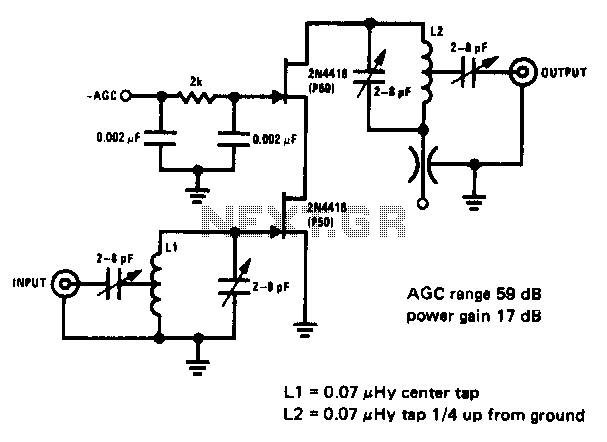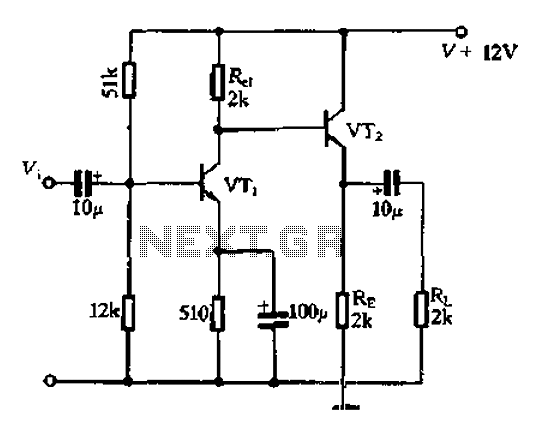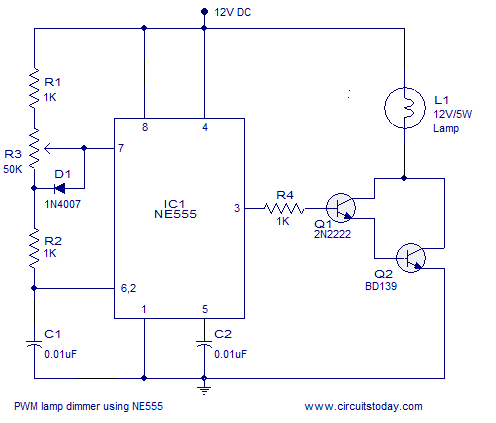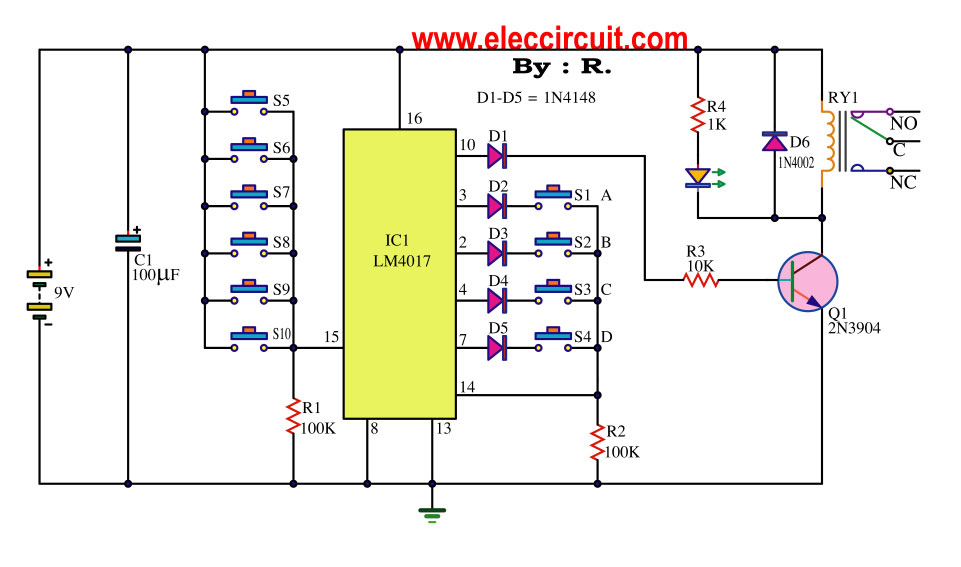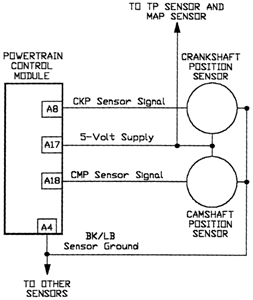
Code Reading Lamp
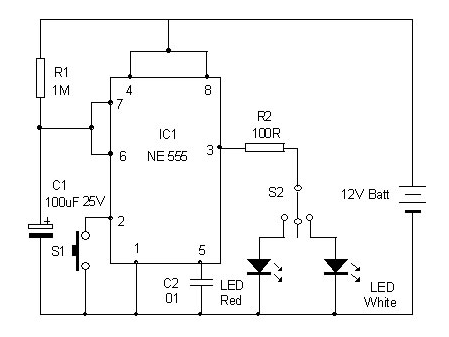
This is a dual-color lamp designed to illuminate the codes printed on transistors and integrated circuits (ICs). The codes and numbers on the black bodies of these components can be challenging to read in low light conditions due to the faint colors or impressions used in the printing.
The dual-color lamp circuit can be designed using a simple LED configuration that allows for the selection of different colors based on user preference or specific requirements. The circuit typically consists of two LEDs, one emitting a warm white light and the other emitting a red light. This dual setup provides flexibility, as the warm white light can enhance visibility of the printed codes under normal conditions, while the red light can be used to minimize glare and preserve night vision when working in dark environments.
The circuit can be powered using a low-voltage power supply, such as a 5V USB source or a battery pack. A switch can be incorporated to toggle between the two LED colors. Resistors will be necessary to limit the current flowing through the LEDs to prevent damage. The selection of resistor values is crucial and can be calculated using Ohm's law, taking into account the forward voltage drop of the LEDs and the supply voltage.
A compact PCB layout can be designed to house the components, ensuring that the LEDs are positioned to provide optimal illumination across the work area. Additional features, such as an adjustable brightness control using a potentiometer, can enhance the usability of the lamp. This feature allows the user to set the appropriate brightness level based on the ambient light conditions.
Overall, the dual-color lamp serves as an essential tool for electronics enthusiasts and professionals, facilitating the reading of component codes in various lighting conditions.Here is a dual colour lamp to read the code printed on the Transistors and ICs. The code and number printed on the black coloured body of these components are difficult to read if the room light is low since the printing is in faint colour or as impressions.. 🔗 External reference
The dual-color lamp circuit can be designed using a simple LED configuration that allows for the selection of different colors based on user preference or specific requirements. The circuit typically consists of two LEDs, one emitting a warm white light and the other emitting a red light. This dual setup provides flexibility, as the warm white light can enhance visibility of the printed codes under normal conditions, while the red light can be used to minimize glare and preserve night vision when working in dark environments.
The circuit can be powered using a low-voltage power supply, such as a 5V USB source or a battery pack. A switch can be incorporated to toggle between the two LED colors. Resistors will be necessary to limit the current flowing through the LEDs to prevent damage. The selection of resistor values is crucial and can be calculated using Ohm's law, taking into account the forward voltage drop of the LEDs and the supply voltage.
A compact PCB layout can be designed to house the components, ensuring that the LEDs are positioned to provide optimal illumination across the work area. Additional features, such as an adjustable brightness control using a potentiometer, can enhance the usability of the lamp. This feature allows the user to set the appropriate brightness level based on the ambient light conditions.
Overall, the dual-color lamp serves as an essential tool for electronics enthusiasts and professionals, facilitating the reading of component codes in various lighting conditions.Here is a dual colour lamp to read the code printed on the Transistors and ICs. The code and number printed on the black coloured body of these components are difficult to read if the room light is low since the printing is in faint colour or as impressions.. 🔗 External reference
Warning: include(partials/cookie-banner.php): Failed to open stream: Permission denied in /var/www/html/nextgr/view-circuit.php on line 713
Warning: include(): Failed opening 'partials/cookie-banner.php' for inclusion (include_path='.:/usr/share/php') in /var/www/html/nextgr/view-circuit.php on line 713
